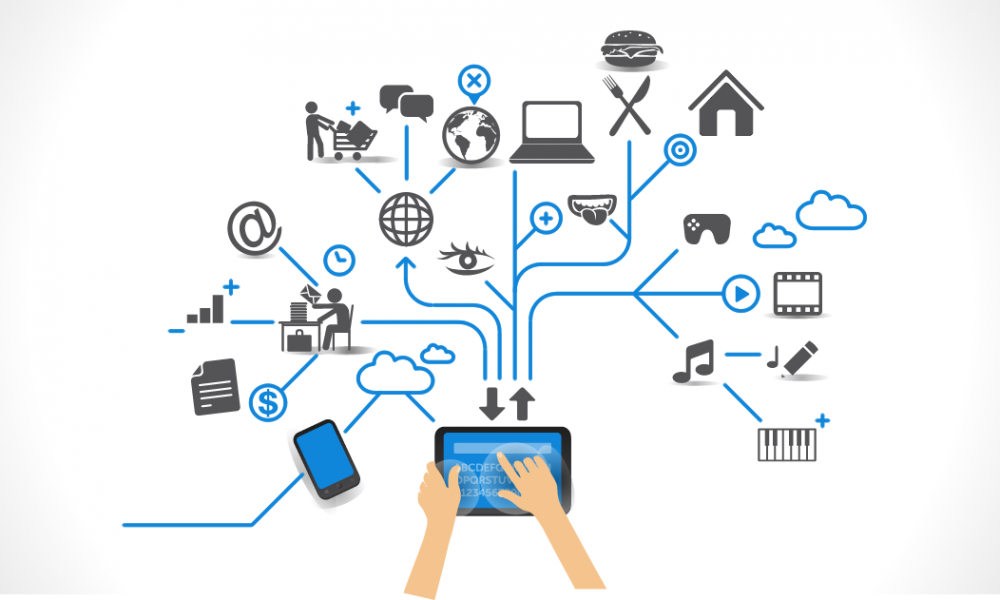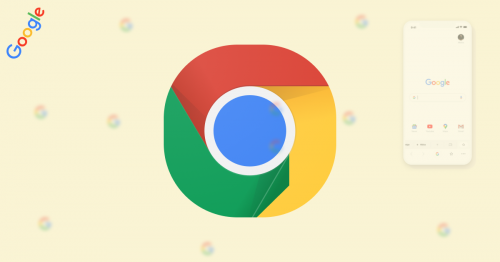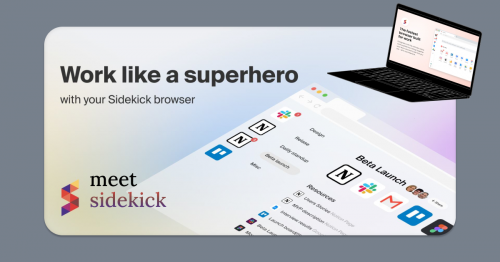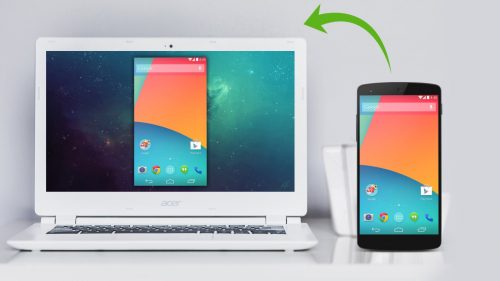Communication is very vital in the human society in order to maintain good relationships. We crave constant communication and interaction with the people that matter most to us. We always want to hear from them and know what they are up to at all times. We also want our friends to get to know each other, creating a wide network of mutual friends, connections and acquaintances.
Since the Industrial Revolution, machines have increasingly become a part of our life. The impact of machines in our lives is even more pronounced the 21st century, permeating every way of life.
We have begun transferring our desire and ability to stay connected to the machines we use daily. We have started linking everything — phones, TVs, lights, home appliances, offices, etc — on the internet in order to enable them communicate with one another, extracting meaningful data so we can use for analytics. This nexus is what we refer to as the Internet of Things, or IoT. IoT is about machines and objects talking to machines and objects talking to people.
What is Internet of Things?
According to the 21 Open Source Project, the Internet of Things or IoT is the internetworking of physical devices, vehicles (also referred to as “connected devices” and “smart devices”), buildings, and other items— embedded with electronics, software, sensors, actuators, and network connectivity that enable these objects to collect and exchange data.
What motivates us?
The underlying motivation for this to gather near-real time data so we can embark on advanced data analytics for transformational business outcomes. This will then make life much easier and allow us to make better decisions and increase productivity. The deployment of IoT also means that communication that hitherto wasn’t possible, and machines that previously couldn’t connect to the internet to generate relevant data for analysis are enabled. These connections are essential for remote sensing, monitoring and actuating devices, together with aggregation devices and incorporating associated applications.
This nexus is what we refer to as the Internet of Things, or IoT.
With IoT, we are able to get up-to-the-minute data on conditions from all connected assets, remotely control how connected assets react to changes and track exactly where all our assets are at any time, all the time. This enables value to be unlocked, powering up businesses and assets with fresh ‘connected’ functionality tailored to need.
IoT is already here
IoT is not just a futuristic concept, it is already here; it is just not evenly distributed. Over 9 billion devices are connected to the internet today and they transmit data and communicate in ways never before thought possible.
Sources:
- Gartner Research
- Vodafone Research
- Machina Research






2 thoughts on “Internet of Things explained”
Comments are closed.